Home>Articles>Why Can’t You Have A Surge Protector On A Cruise Ship
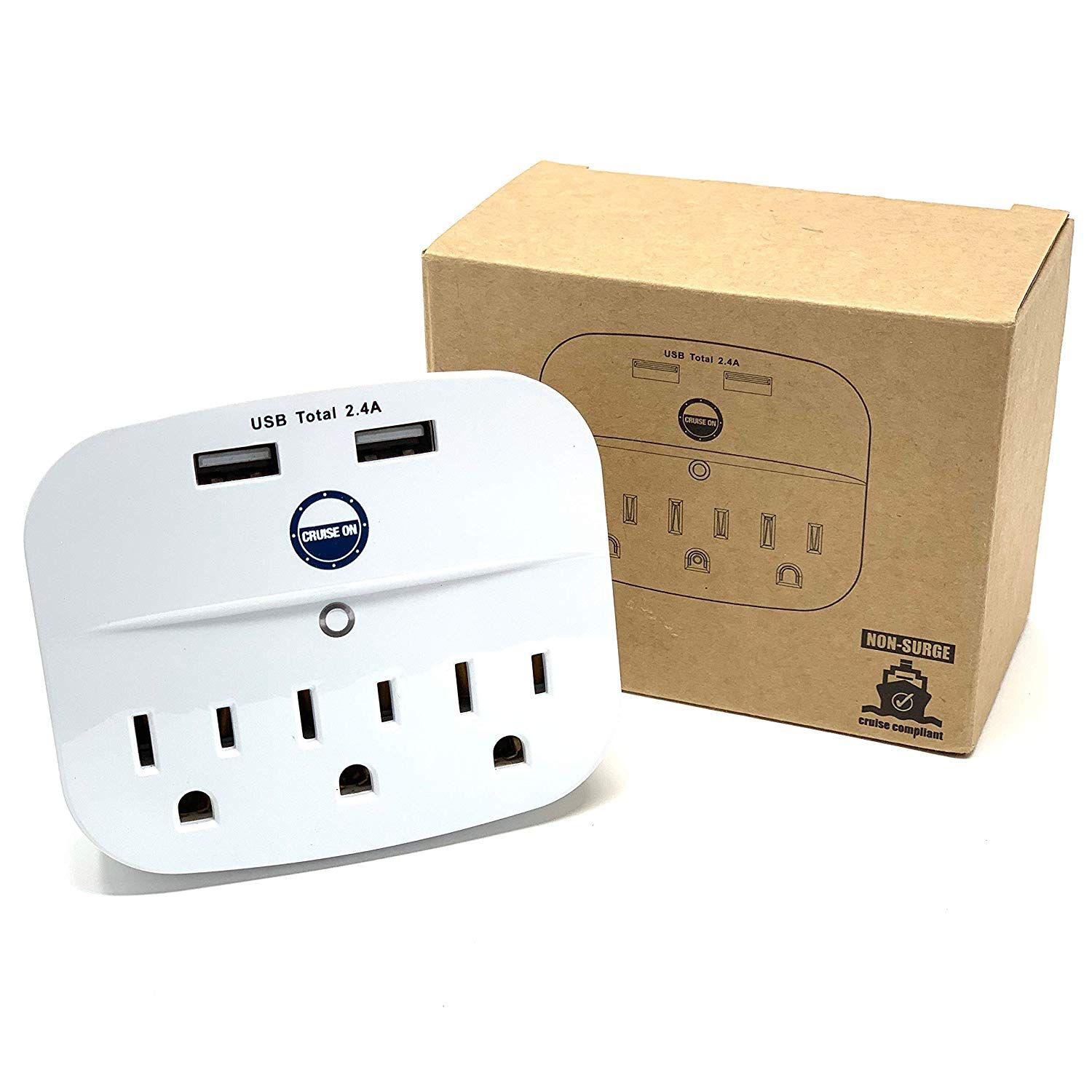

Articles
Why Can’t You Have A Surge Protector On A Cruise Ship
Modified: October 28, 2024
Discover why surge protectors are not allowed on cruise ships and what alternatives you can use to protect your electronic devices. Read more articles.
(Many of the links in this article redirect to a specific reviewed product. Your purchase of these products through affiliate links helps to generate commission for Storables.com, at no extra cost. Learn more)
Introduction
When you embark on a cruise ship adventure, it’s natural to want to bring along your electronic devices to stay connected and entertained during your voyage. However, one key concern that often arises is whether you can use a surge protector on a cruise ship. Surge protectors are devices designed to protect your electronic devices from electrical spikes and surges, but their usage on cruise ships can raise some safety issues. In this article, we will explore the reasons why surge protectors may not be allowed on cruise ships and discuss alternative options for protecting your electronics.
Before we delve into the intricacies of surge protectors, it’s important to understand how they work. Surge protectors are designed to absorb excess electricity and divert it safely to the ground, thereby protecting your devices from potential damage. They typically feature multiple outlets to accommodate multiple devices and often come with a joule rating to indicate their capacity to absorb energy.
However, cruise ships operate differently from standard electrical systems on land. They have their own power regulations and safety measures in place to ensure the well-being of passengers and the ship itself. Due to these unique power considerations, surge protectors may not be allowed aboard cruise ships.
The primary reason for disallowing surge protectors on cruise ships is the risk of overloading the ship’s electrical system. Cruise ships have a limited power supply, and allowing multiple passengers to utilize surge protectors simultaneously could lead to an overwhelming demand on the electrical infrastructure. This could potentially result in power outages or even damage to the ship’s electrical system.
Additionally, cruise ships are equipped with their own safety mechanisms to prevent electrical accidents. These safety measures include circuit breakers and ground fault circuit interrupters (GFCIs). These devices are designed to detect and prevent electrical faults, such as short circuits or electrical leaks, thereby minimizing the risk of electrical hazards. Using surge protectors may interfere with these essential safety mechanisms and compromise the overall electrical safety of the ship.
While it may be disappointing to learn that surge protectors are not permitted on cruise ships, it’s important to prioritize safety and adhere to the regulations put in place by the cruise liner. However, this does not mean that you have to leave your electronic devices vulnerable to power surges. There are alternative options available to protect your electronics while adhering to cruise ship regulations.
In the next section, we will explore some of the potential risks of using surge protectors on cruise ships, providing further understanding of why they are restricted. So, let’s dive in and discover the potential risks associated with surge protectors on cruise ships.
Key Takeaways:
- Surge protectors are not allowed on cruise ships due to the risk of overloading the electrical system and interfering with safety mechanisms. Alternative options like power adapters and portable power banks provide safe ways to protect electronic devices.
- Understanding cruise ship power regulations and potential risks associated with surge protectors helps passengers prioritize safety. Utilizing alternative options such as voltage regulators and onboard safes ensures protection for electronic devices while adhering to cruise ship guidelines.
Read more: What Is A Balcony Room On A Cruise Ship
Understanding Surge Protectors
Before we delve into the reasons why surge protectors may not be allowed on cruise ships, it’s essential to have a thorough understanding of these devices and how they function. Surge protectors, also known as surge suppressors or power strips, are designed to protect your electronic devices from power surges, spikes, and voltage fluctuations.
When an electrical surge occurs, such as during a lightning storm or a sudden power outage, it can send an excessive amount of voltage into your electronic devices. This surge can potentially cause irreparable damage to your devices, rendering them inoperable. Surge protectors work by diverting the excess voltage away from your devices, allowing only the required amount of electricity to pass through and keeping them safe.
Surge protectors typically come with multiple outlets, allowing you to connect and protect multiple devices simultaneously. They often feature a rating called “joule rating,” which indicates their capacity to absorb energy. A higher joule rating means that the surge protector can handle larger electrical surges and provide better protection for your devices.
It’s important to note that surge protectors are not the same as power strips. While power strips provide you with additional outlets for plugging in electronic devices, they do not include the surge protection capabilities that surge protectors offer.
Surge protectors are commonly used in residential and commercial settings to safeguard sensitive electronics, such as computers, televisions, gaming consoles, and other high-end equipment. However, the usage of surge protectors is governed by the regulations and safety measures put in place by various establishments, including cruise ships.
Now that we have a clear understanding of how surge protectors function, let’s explore the specific regulations and potential risks associated with using them on cruise ships.
Cruise Ship Power Regulations
Cruise ships operate on their own unique power systems that are different from those found on land. These systems are designed to efficiently manage the electrical needs of the ship, while also ensuring the safety of passengers and crew members. As a result, cruise ship power regulations are in place to maintain the integrity of the ship’s electrical infrastructure and prevent any potential hazards.
One significant aspect of cruise ship power regulations is the limited power supply available onboard. Unlike on land where there is a constant and abundant supply of electricity, cruise ships have limited power generation capabilities. Therefore, it is crucial to carefully manage and allocate this power to accommodate the needs of all passengers and operational requirements of the ship.
To ensure the efficient distribution of power, cruise ships have specific guidelines regarding the types and amounts of electrical equipment that can be used onboard. These guidelines often restrict the usage of high-power consuming devices and appliances that could overload the ship’s electrical system.
Since surge protectors are designed to handle multiple devices simultaneously, they can potentially pose a risk of overloading the ship’s limited power infrastructure. A surge protector used by one passenger may not have a significant impact. However, if multiple passengers were to plug in their surge protectors and connect multiple high-power devices, it could put excessive strain on the ship’s electrical system, leading to disruptions or even failures.
Furthermore, cruise ships are equipped with safety mechanisms such as circuit breakers and ground fault circuit interrupters (GFCIs). These devices are essential for detecting and preventing electrical faults, reducing the risk of electrocution and electrical fires. The usage of surge protectors on cruise ships can interfere with these safety mechanisms, potentially compromising the overall electrical safety of the vessel.
By adhering to cruise ship power regulations, including the prohibition of surge protectors, cruise lines can maintain a stable and safe electrical environment for all passengers and staff onboard.
Now that we understand the power regulations imposed on cruise ships, it’s time to explore the potential risks associated with using surge protectors on these vessels. Continue reading to learn more.
Check with the cruise line before bringing a surge protector, as some ships have restrictions due to potential fire hazards. Instead, consider using a power strip with a built-in surge protector.
Potential Risks of Surge Protectors on Cruise Ships
While surge protectors are designed to safeguard your electronic devices, using them on cruise ships can pose certain risks and safety concerns. Understanding these potential risks is essential for both cruise ship operators and passengers to ensure a safe and enjoyable voyage.
One of the primary risks of using surge protectors on cruise ships is the potential overload of the ship’s electrical system. Cruise ships have specific power limitations and allocations to meet the demands of all passengers and operational needs. Allowing numerous passengers to utilize surge protectors simultaneously could exceed the power capacity of the ship, leading to power outages or damage to the electrical infrastructure.
Furthermore, surge protectors may not be compatible with the safety mechanisms employed on cruise ships. Cruise ships are equipped with circuit breakers and ground fault circuit interrupters (GFCIs) to prevent electrical accidents, such as electric shocks or fires. Plugging surge protectors into ship outlets may disrupt these safety mechanisms, compromising the overall electrical safety of the vessel.
Another risk associated with surge protectors is their potential to interfere with the ship’s emergency response systems. Cruise ships have detailed emergency protocols in place to ensure the safety of passengers and crew members in the event of an emergency, such as a fire or evacuation. Surge protectors, due to their design and electrical load, could interfere with these vital emergency systems or hinder the effectiveness of emergency response measures.
In addition to the risks posed to the ship’s electrical system and emergency response systems, surge protectors may also contribute to clutter and tripping hazards in cabins or common areas. The use of multiple power strips and surge protectors can lead to a tangled mess of cords, increasing the risk of accidents and falls for both passengers and crew members.
Considering these potential risks, many cruise lines have implemented strict policies prohibiting the use of surge protectors on their vessels. These policies are in place to protect the safety, well-being, and overall experience of all individuals onboard.
Now that we have explored the potential risks associated with surge protectors, it’s essential to consider alternative options for protecting your electronics while on a cruise ship. We will discuss these alternatives in the next section.
Alternatives for Protecting Your Electronics on a Cruise Ship
While surge protectors may not be allowed on cruise ships due to safety concerns, there are still alternative options available to protect your electronic devices during your cruise. These alternatives will help ensure the safety of your electronics while adhering to the regulations set forth by the cruise ship.
1. Power Adapters: Cruise ships often provide specific power outlets in cabins and common areas that are compatible with various types of plugs. To connect your devices to these outlets, you can use power adapters. These adapters allow you to plug your devices directly into the ship’s electrical system without the need for surge protectors.
2. Portable Power Banks: Portable power banks are an excellent option for keeping your devices charged while on a cruise ship. These battery-operated devices can store electrical energy and provide power to your devices when there are no accessible power outlets nearby. Make sure to charge your power bank before going on the cruise and carry it with you to keep your devices powered throughout the trip.
3. Voltage Regulators: Instead of using surge protectors, you can consider using voltage regulators specifically designed for use on cruise ships. These devices help stabilize the voltage and protect your electronics from sudden spikes or drops, offering similar protection to surge protectors without overloading the ship’s electrical system.
4. Unplug when not in use: When you’re not using your electronic devices, it’s a good practice to unplug them from the wall outlets. This minimizes the risk of electrical hazards and helps conserve energy. Additionally, unplugging your devices reduces the clutter of cords and improves overall safety in your cabin or common areas.
5. Use onboard safes: Most cruise ship cabins are equipped with safes where you can securely store your valuable electronic devices when they’re not in use. Storing your electronics in the onboard safe provides protection against theft, damage, and potential power surges while you’re away from the cabin.
It’s important to familiarize yourself with the specific regulations and guidelines of the cruise line you’re traveling with to ensure you are compliant with their policies. Some cruise lines may have additional restrictions or specific instructions regarding the use of electronics onboard.
By utilizing these alternative options, you can protect your electronic devices while enjoying your cruise experience without the need for surge protectors. Remember to prioritize safety and follow the guidelines set by the cruise ship to ensure a worry-free journey.
Now that you are aware of the alternatives for protecting your electronics on a cruise ship, let’s summarize the key points discussed in this article.
Read more: What Is A Virtual Balcony On A Cruise Ship
Conclusion
Although surge protectors may not be allowed on cruise ships due to the risks they pose to the electrical system and overall safety, there are alternatives available to protect your electronic devices during your voyage. Understanding the unique power regulations and safety measures in place on cruise ships is crucial to ensure compliance and a safe experience for everyone onboard.
By using power adapters, portable power banks, or voltage regulators, you can safeguard your electronics without overloading the ship’s electrical system. These alternatives offer protection against power surges and voltage fluctuations while adhering to the specific guidelines of the cruise line.
Moreover, practicing responsible energy consumption, by unplugging devices when not in use, can help minimize the risk of electrical hazards and keep the cabin or common areas safe and organized. Utilizing the onboard safes provided by cruise ships is also a smart way to protect your valuable electronic devices from theft or damage.
It’s important to remember that the regulations and policies surrounding electronic devices on cruise ships may vary between cruise lines. Before your trip, make sure to familiarize yourself with the specific guidelines and instructions provided by the cruise line to ensure compliance.
While it may be disappointing that surge protectors cannot be used on cruise ships, prioritizing safety and adhering to the regulations helps ensure a smooth and enjoyable experience for all passengers and crew members. By utilizing the alternative options discussed in this article, you can protect your electronic devices while exploring the wonders of the sea.
So, pack your electronic devices, be mindful of the regulations, and embark on your unforgettable cruise adventure, knowing that your devices are protected in the best possible way.
Frequently Asked Questions about Why Can't You Have A Surge Protector On A Cruise Ship
Was this page helpful?
At Storables.com, we guarantee accurate and reliable information. Our content, validated by Expert Board Contributors, is crafted following stringent Editorial Policies. We're committed to providing you with well-researched, expert-backed insights for all your informational needs.

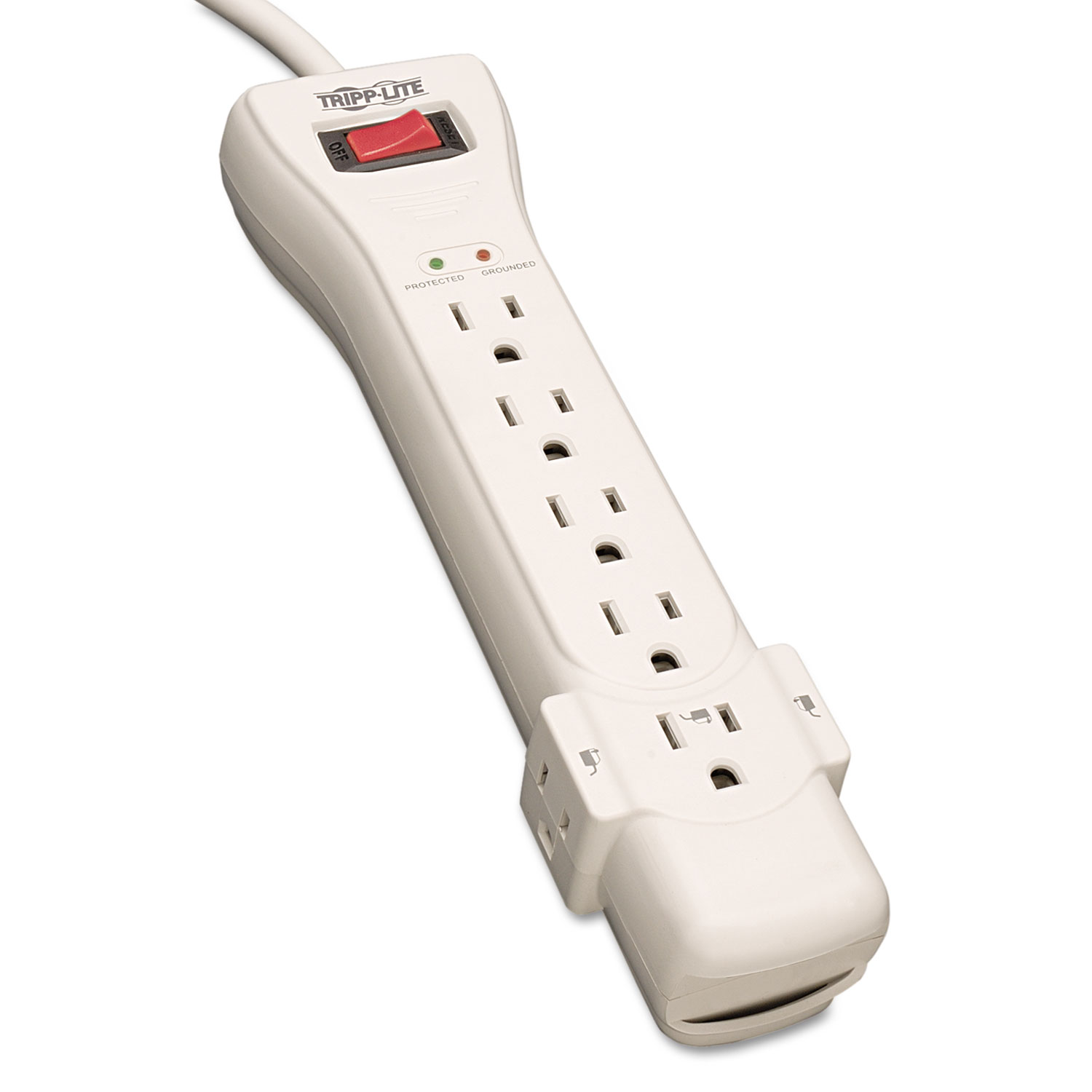
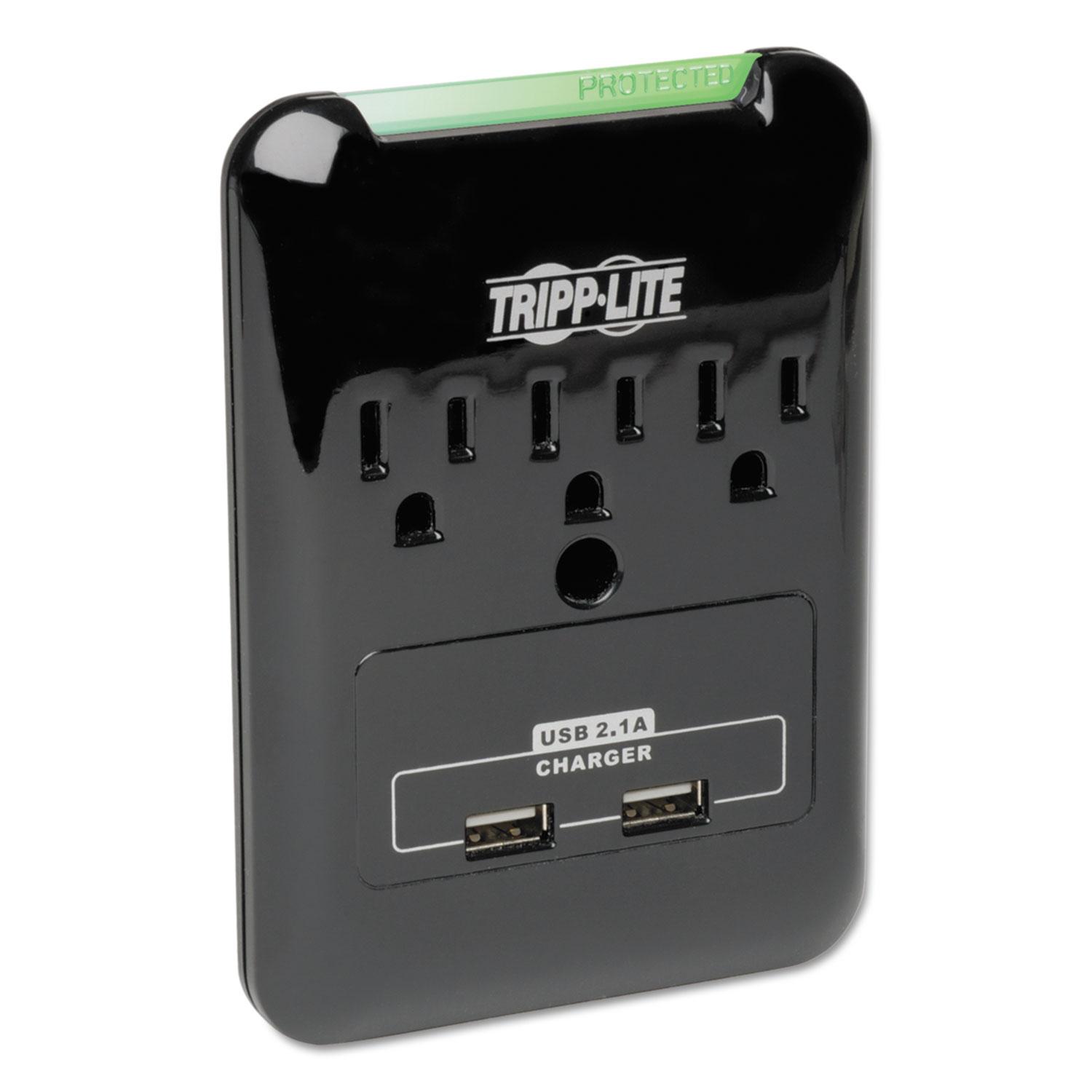
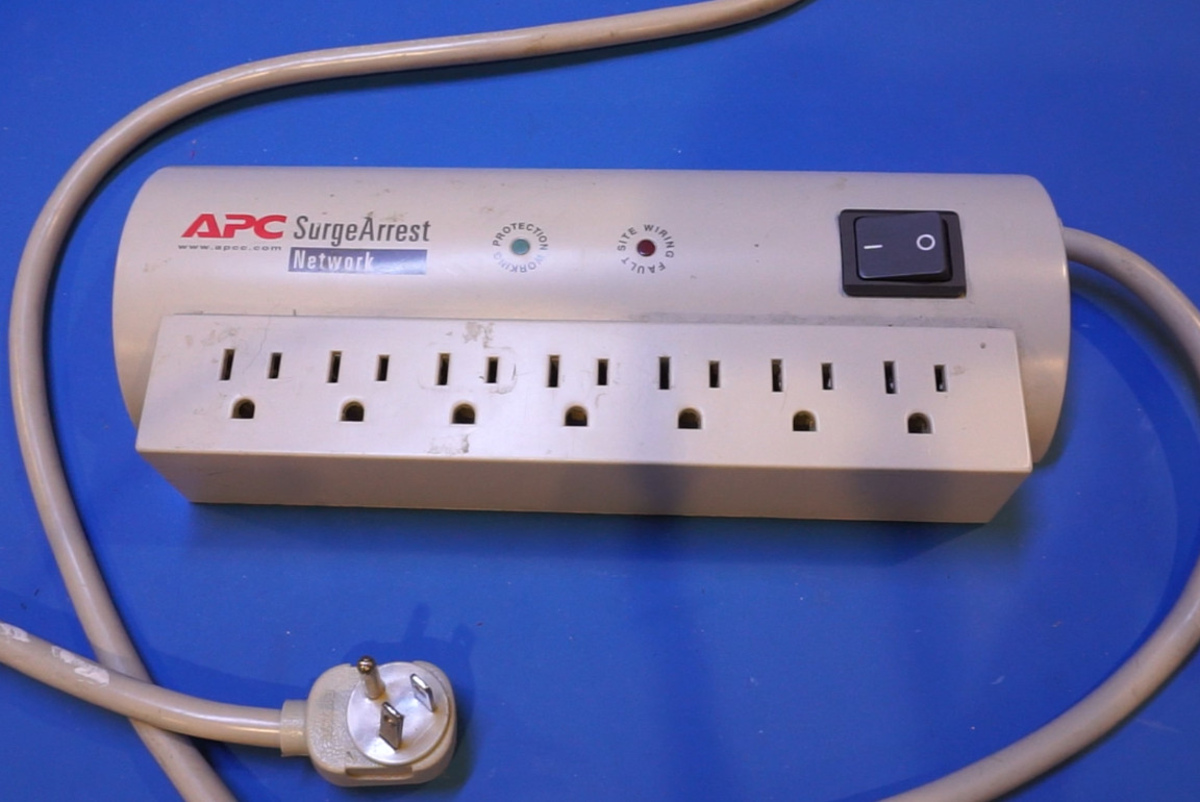
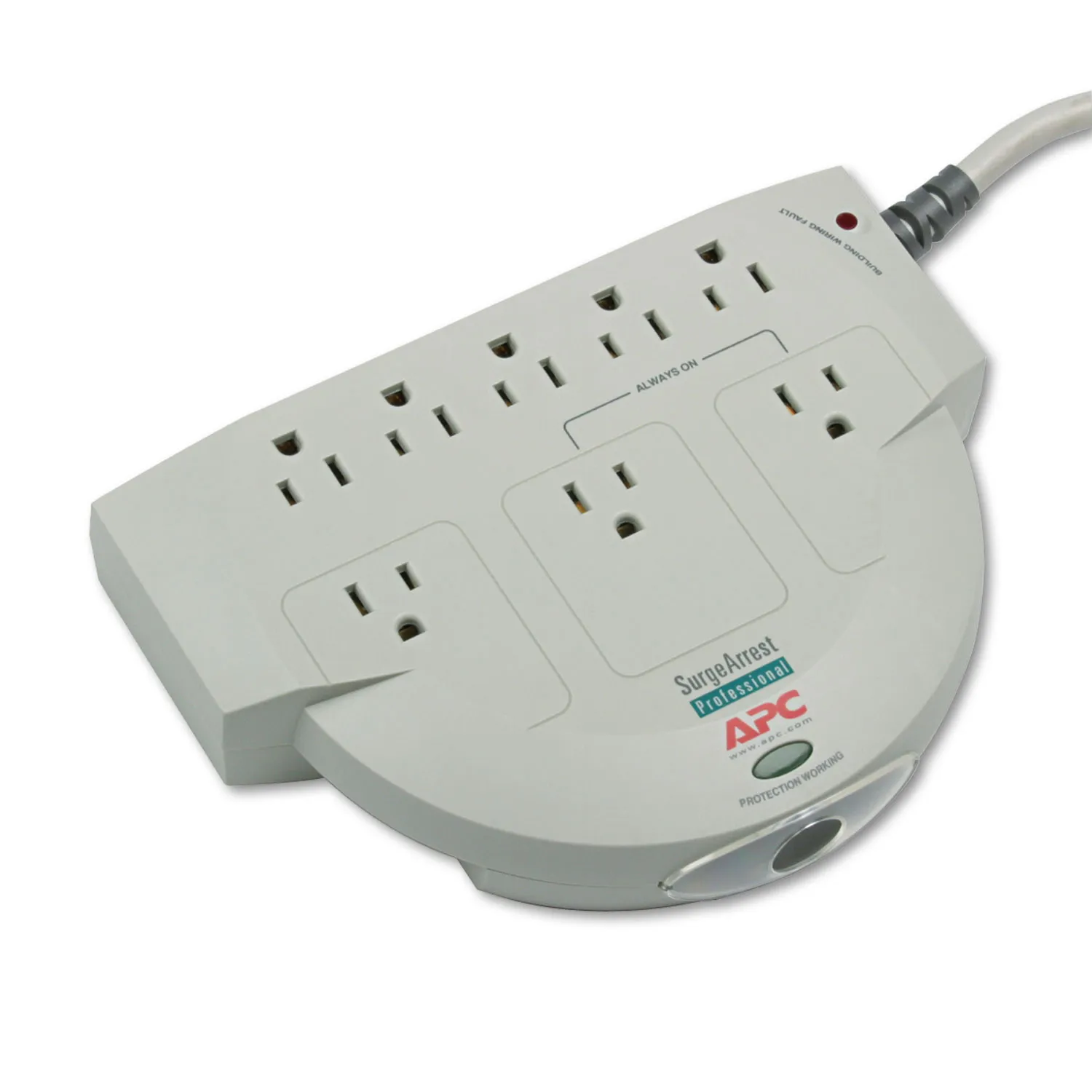
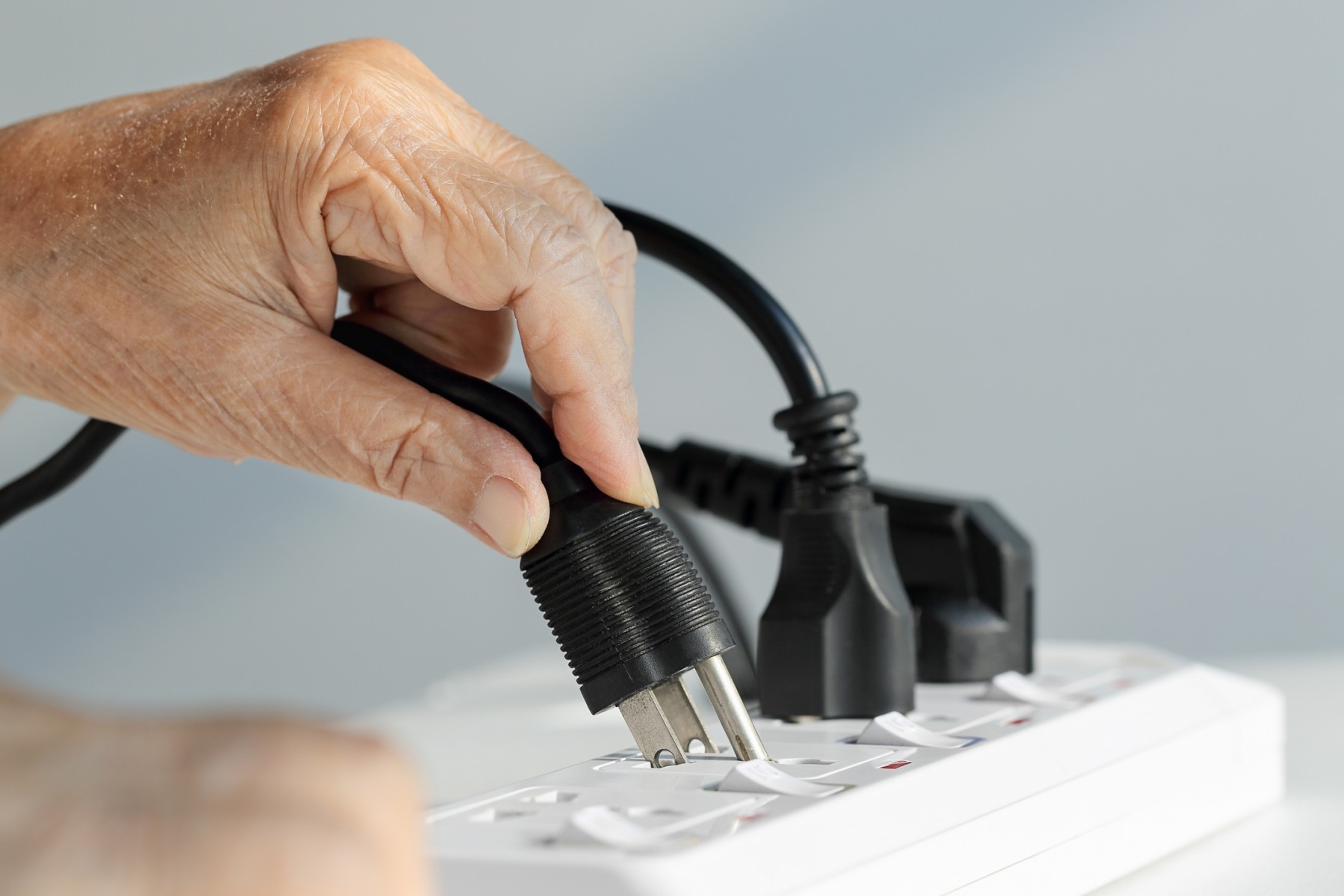
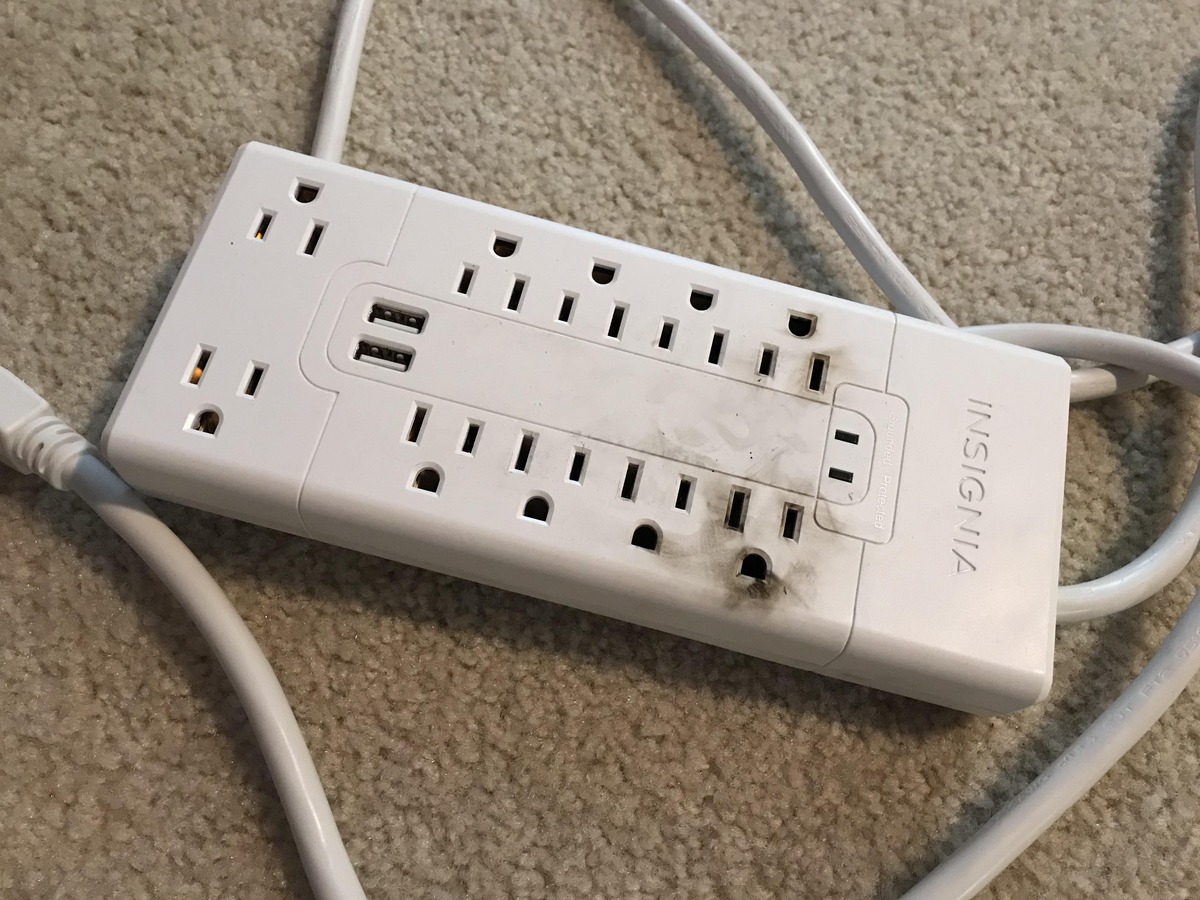
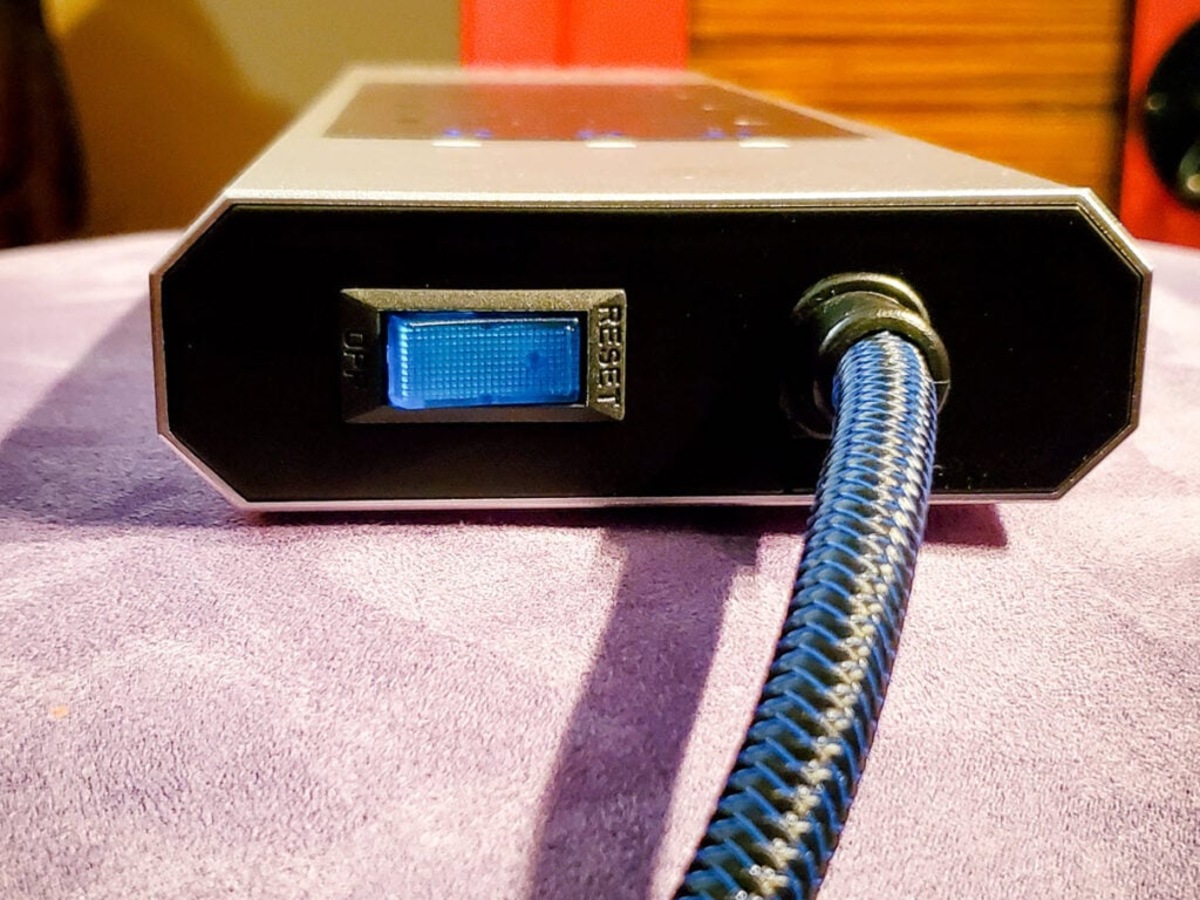
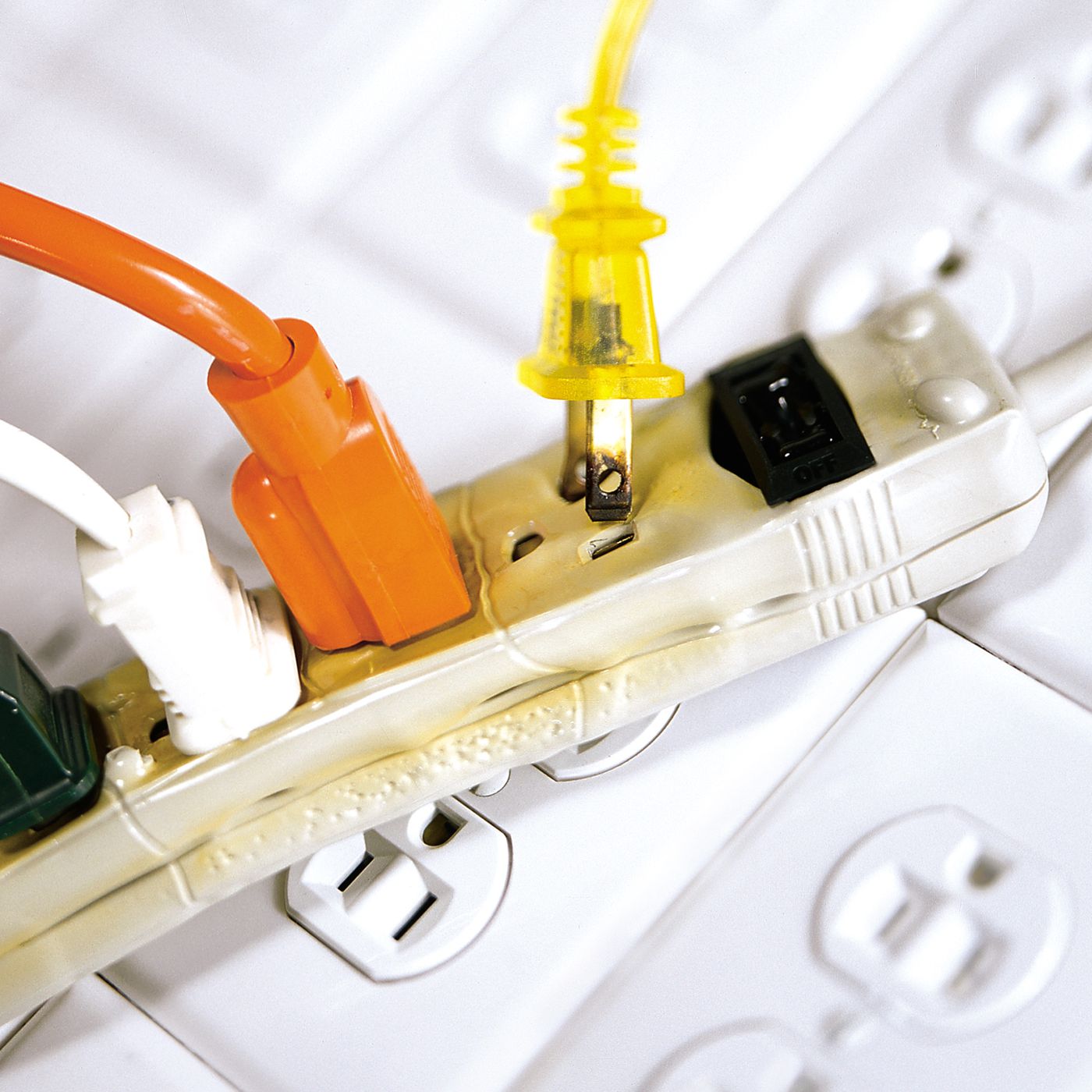
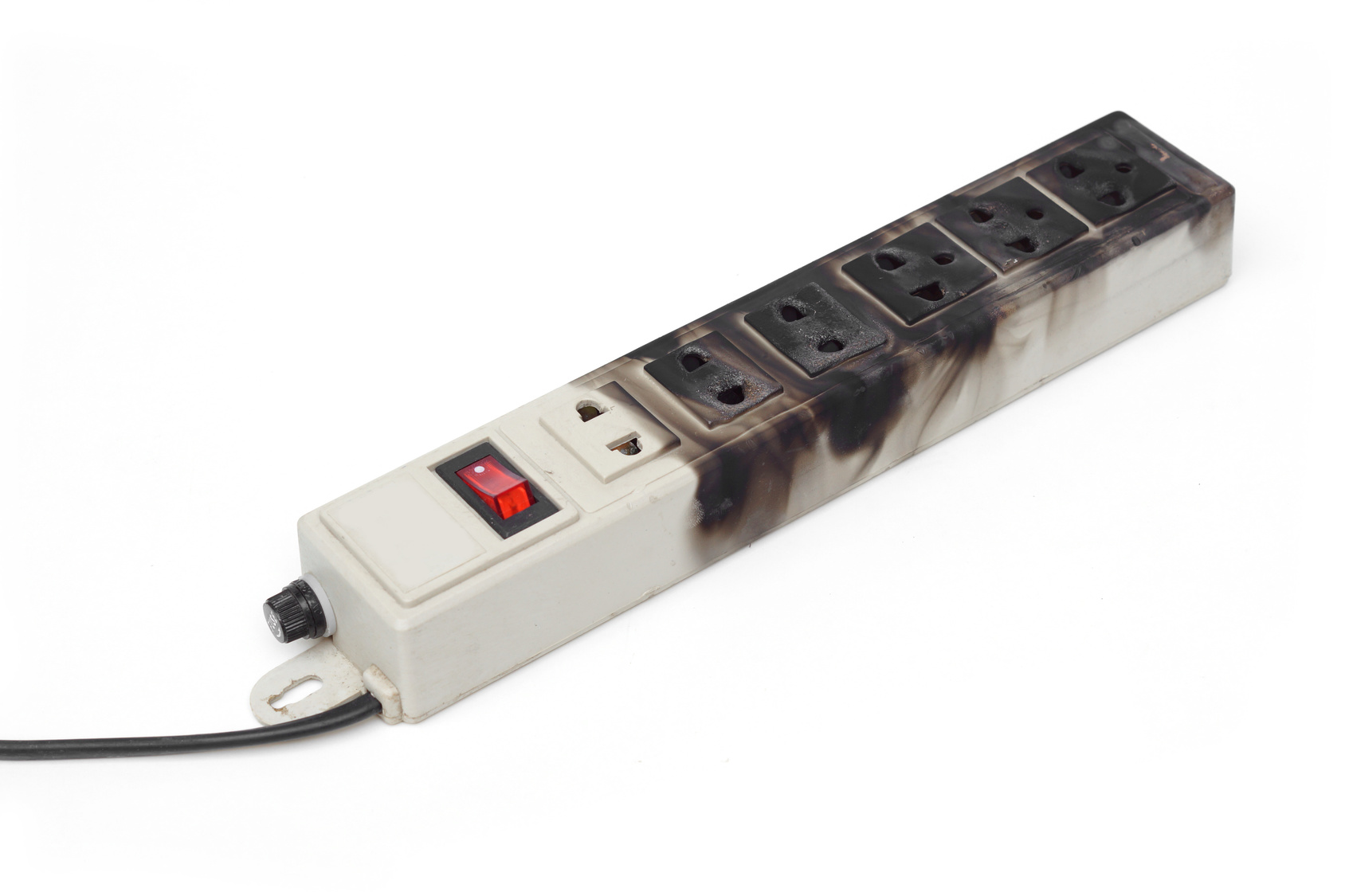
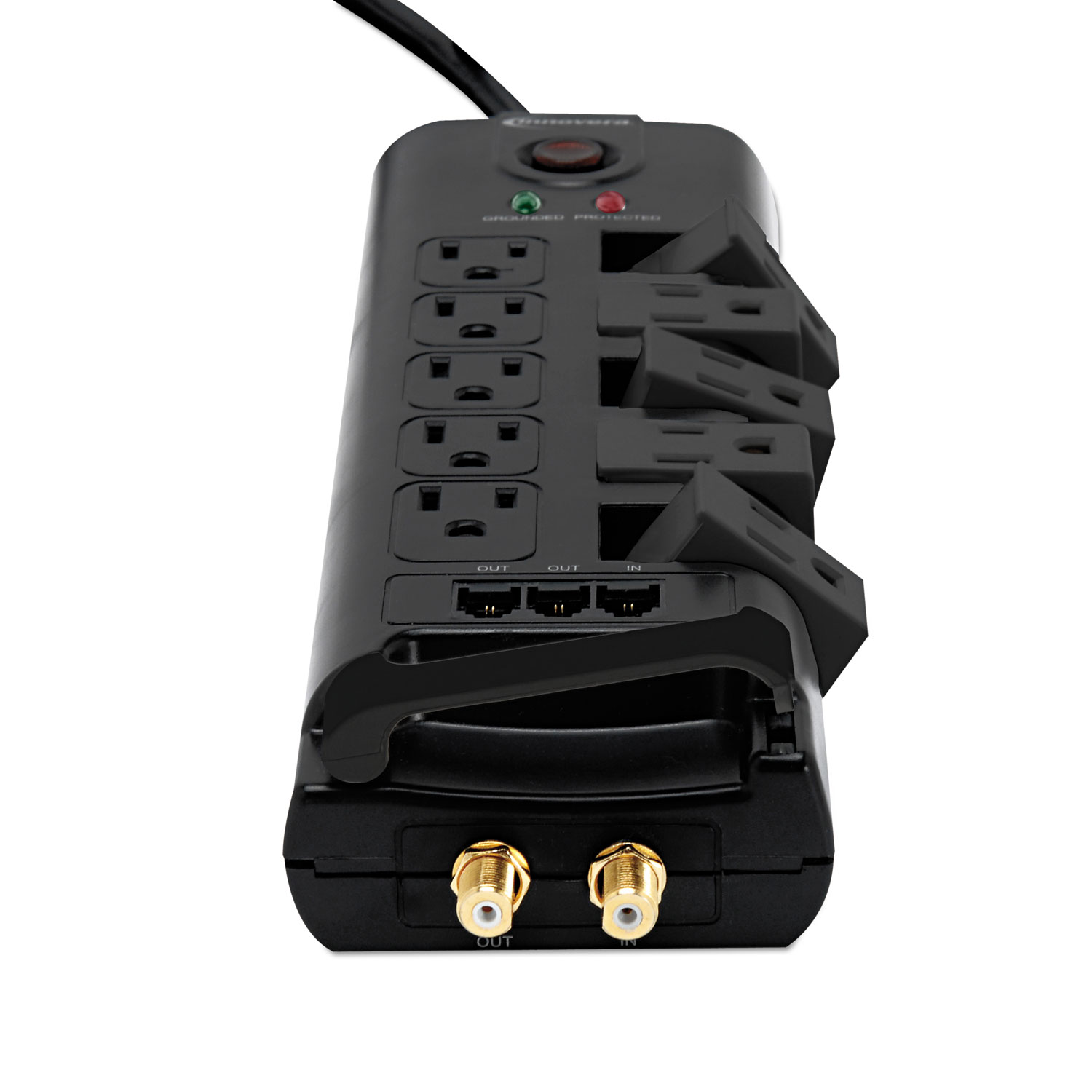
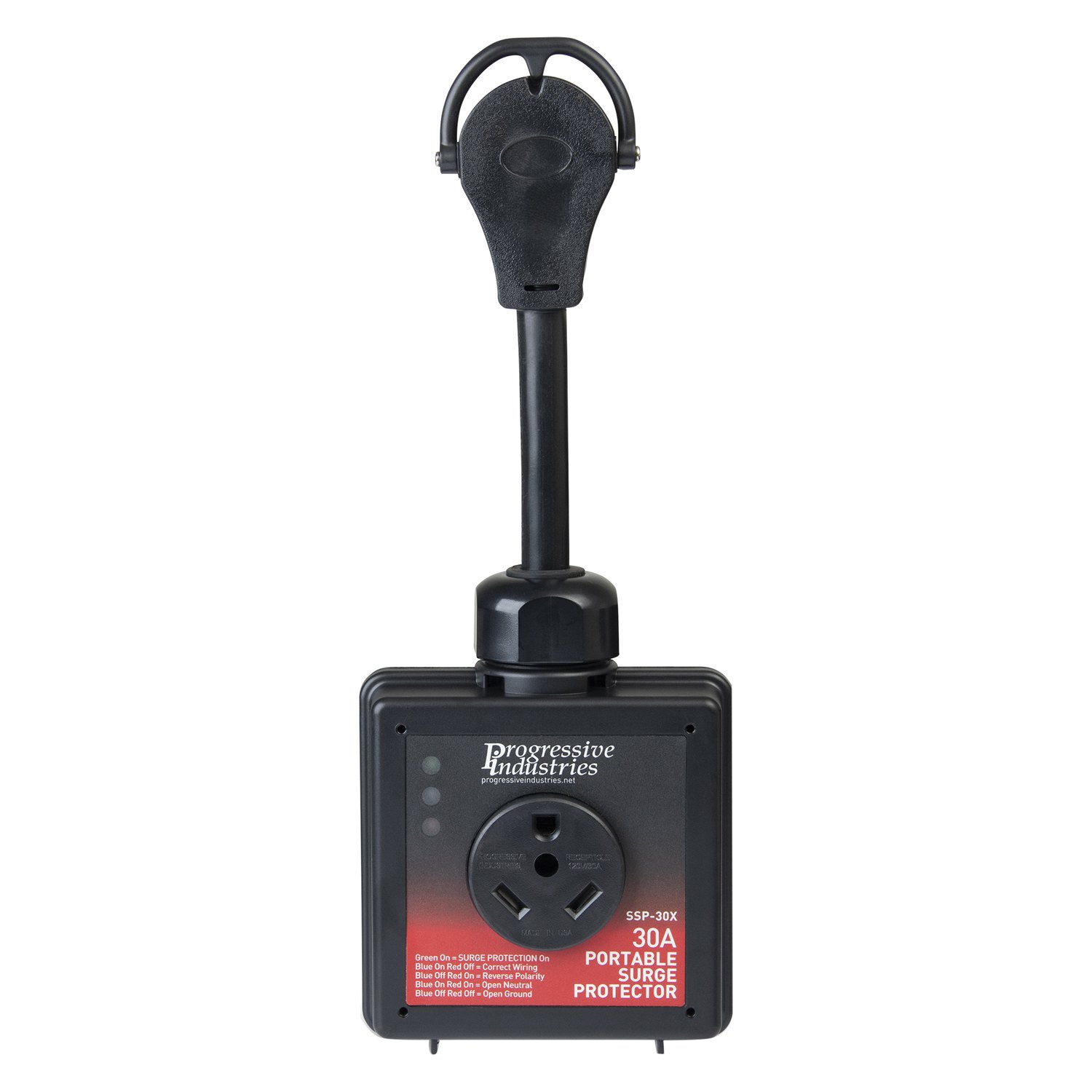

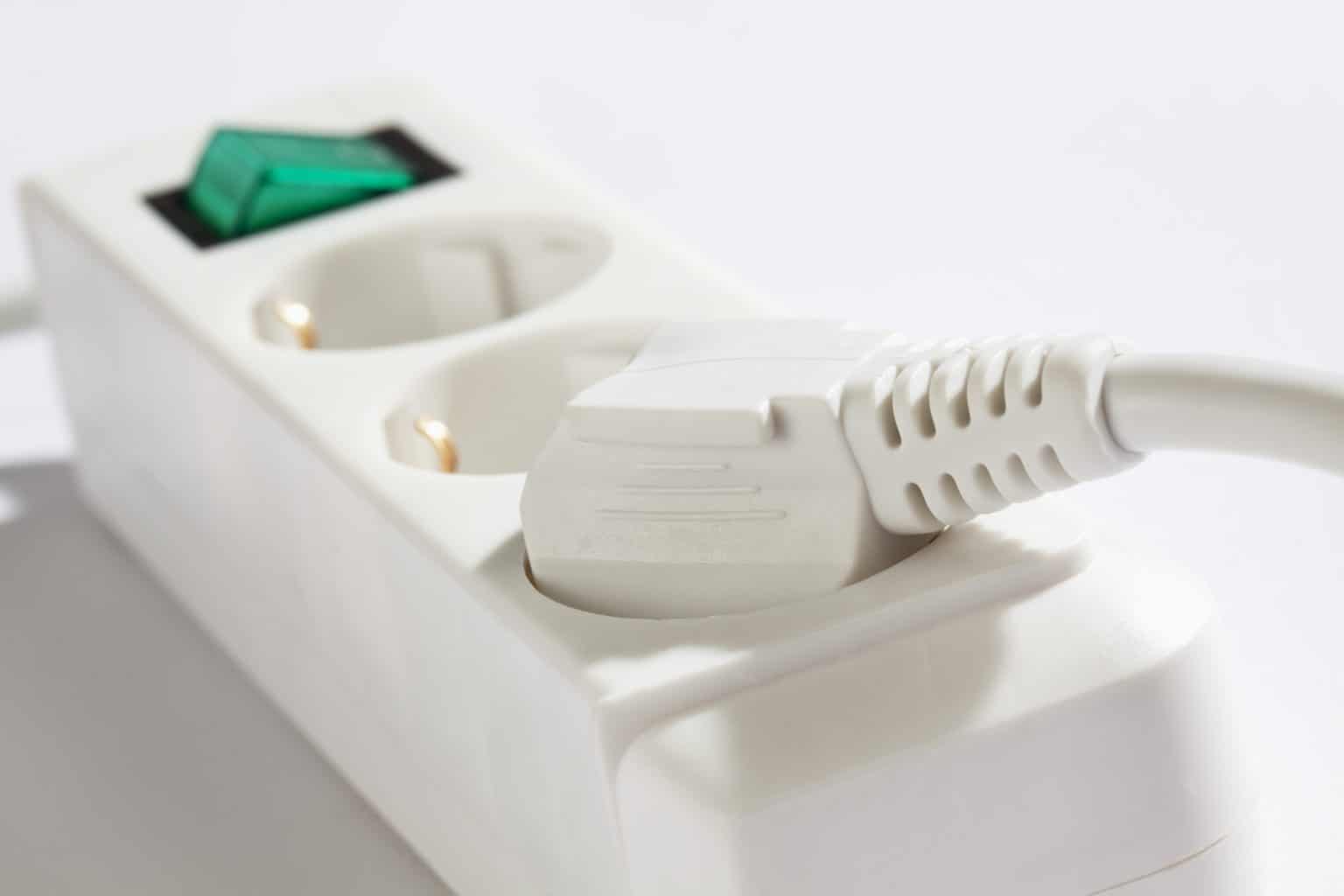

0 thoughts on “Why Can’t You Have A Surge Protector On A Cruise Ship”